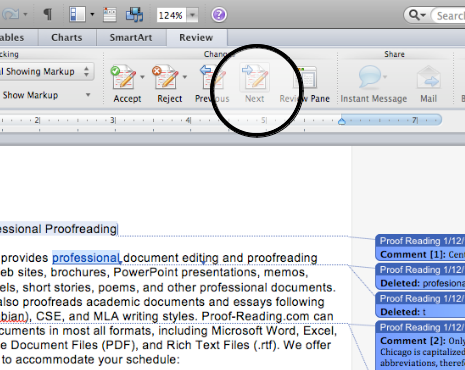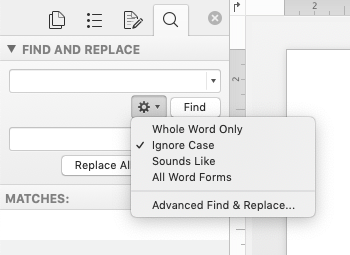

- Slide scanner for mac for mac#
- Slide scanner for mac driver#
- Slide scanner for mac full#
- Slide scanner for mac pro#
All adapters can be "hot swapped," in that they can be changed without powering-down the scanner or requiring any special operations in software. An APS adapter and automatic 35mm slide feeder are available as accessories, as is a new 35mm roll-film adapter. Out of the box, the Super Coolscan 4000 ED comes equipped for scanning both 35mm slides and film strips. (That's a *lot* of pixels, about 67MB in 8-bit mode, 130+ MB when saved as a 48-bit file!) The Super Coolscan 4000 ED's maximum resolution is 4000 dpi, resulting in a maximum image size of 3,654 x 5,646 pixels when scanning 35mm film.
Slide scanner for mac driver#
A single version is sold for both Mac and PC platforms, including an IEEE 1394 interface card, with both Mac and PC driver software supplied with the unit. The Super Coolscan 4000 ED is a "FireWire" (IEEE 1394) connected device, a virtual necessity due to the enormous amounts of data it's capable of generating. At 3.7 x 6.6 x 12.4 inches (93 x 169 x 315 mm), and approximately 6.6 pounds (3 kg), it should fit easily on even a crowded desktop. Most users who don't advantage of the (optional) automatic slide feeder attachment will likely operate the unit standing upright, in which case it takes up about as much desktop real estate as a thick book.

The Super Coolscan 4000 ED is a compact desktop package that can operate in either of two orientations.

Slide scanner for mac full#
Optional full 48-bit (16 bits/channel) TIFF file output preserves maximum image data.14-bit digitization for dynamic range of 4.2(!), one of the widest tonal ranges available.New Scanner Nikkor ED high-resolution lens, using extra-low dispersion glass.
Slide scanner for mac for mac#
Slide scanner for mac pro#
At the time, the LS-2000 (the unit's model number) represented the state-of-the-art in desktop film scanning, and large numbers were sold to photo enthusiasts and pro photographers alike. Back in mid-1999, Nikon's Super Coolscan 2000 was one of the first slide/film scanners that we reviewed at the Imaging Resource. (This point might be subject to some argument, but the original Nikon film scanner was the first that we saw that could consistently create good-looking scans from a variety of color negative film emulsions.) From that early position, they continued to innovate, and have consistently maintained a commanding position in the high-end pro/prosumer scanning market. was arguably the first company to really figure out the bizarre color qualities of color negative film, as seen in its first film scanner, released about a decade ago. * New Digital "ROC" and "GEM" automaticallyĬorrect for faded negatives and film grain.


 0 kommentar(er)
0 kommentar(er)
